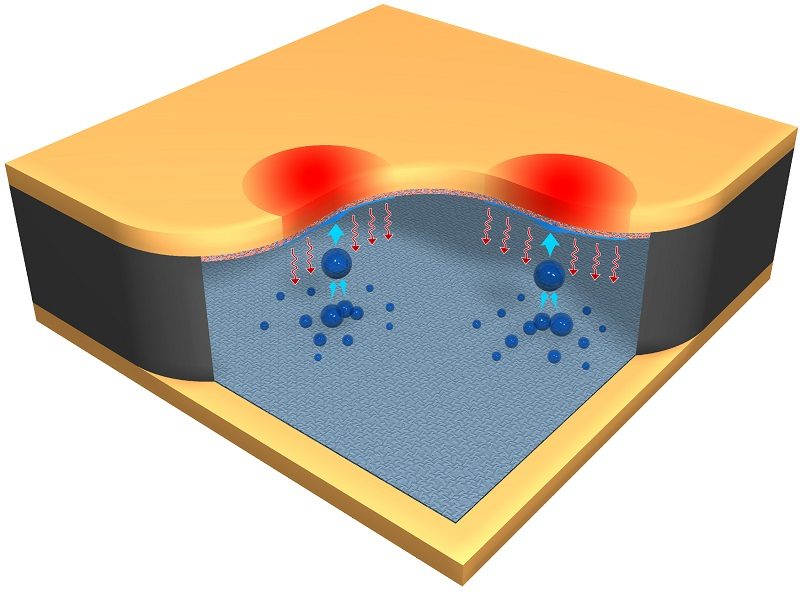‘Jumping Droplet’ Breakthrough in PC Cooling Discovered
Mike Sanders / 8 years ago

Duke University has revealed research that indicates ‘jumping droplets’ could provide the answer to electrical overheating. PC cooling, a battle often waged, represents an excellent potential utilisation of this technology. So, is this the end of current cooling systems as we know them?
How does this ‘jumping droplet’ technology work?
Hydrophobic surfaces are the main focus of the research. Given my poor understanding of long words (would you believe I never attended Duke University) this means surfaces which are scared of water (#Genius). The technology is built based on water droplets combining to the point that the hydrophobic surface causes them to start jumping and bouncing. This, in consequence, can allow for the transfer of heat in very specific areas. It can also allow for this to occur very rapidly.

As you can see in the above image. The jumping droplet moves across the surface until it achieves a critical mass. It then bounces off completely. The dispersal can occur at this ‘bounce’ point. This specific area diffusion of heat is what makes this such an exciting prospect. The major limitation in computing and most electronics, in general, general today is the efficient removal of heat. ‘Jumping Droplets’ could represent a whole new approach to cooling design which can allow for speed faster than conceived before.
Can you go into more detail?
Chuan-Hua Chen is the associate professor of mechanical engineering and materials science at Duke. He has said: “Computer processors and power electronics don’t perform as well if waste heat cannot be removed. A better cooling system will enable faster computers, longer-lasting electronics and more powerful electric vehicles.” Using an analogy to explain the technology: “to avoid flooding, it is useful to spread the rain over a large area. If the ground is soaked, the water has no vertical pathway to escape, and flooding is inevitable. Flat-plate heat pipes are remarkable in their horizontal spreading. But lack a vertical mechanism to dissipate heat. Our jumping-droplet technology addresses this technological void with a vertical heat spreading mechanism, opening a pathway to beat the best existing heat spreaders in all directions.”
His comments clearly indicate that the research does appear some way off a practical application. The ‘jumping droplet’ has not yet landed.
So, for the moment, stick with your Noctua or AIO systems. This isn’t coming anytime soon. The days of people using liquid nitrogen at competitive cooling competitions could be coming to an end, but not today. I must admit, if it does go I will miss all that steam-filled drama. Plus, try to think of us here at eTeknix. If the cooling problem is fixed, we wouldn’t be able to write such excellent articles on new releases. And wouldn’t that be sad?
The full article can be read here and there’s an excellent video below explaining the process. Still confused?



















